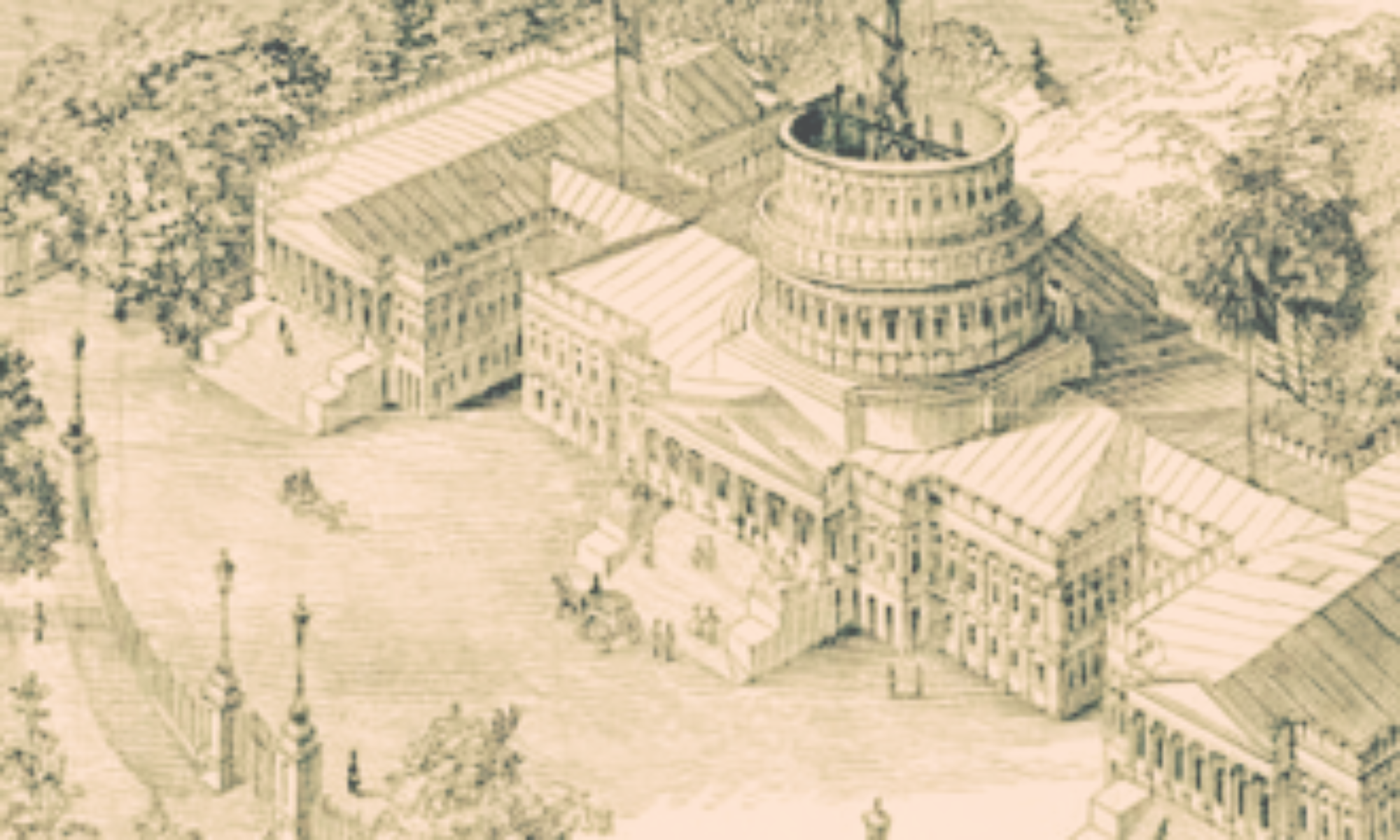We’ve heard it all summer.
We heard it at the Democratic Convention.
We’ve heard it in the President’s “closing argument” ad.
We heard it at the debate from President Obama directly:
“Governor Romney’s central economic plan calls for a $5 trillion tax cut… [by]dumping those costs onto middle-class Americans.”
Indeed, despite adamant, factual denials from Romney himself and his campaign, the President and his advisors have doubled down on an Orwellian post-debate strategy of calling Romney a liar, essentially because he won’t agree with the President’s flawed interpretation of his economic plan.
To that end, Team Obama is up in the swing states with new ads citing a single study that the campaign alleges, proves that Romney will cut taxes for the rich at the expense of the middle class.
But, as with an increasing number of Obama assertions, you only need to take a closer look to see that it just isn’t true.
First, the Obama “tax cuts for the rich” narrative is based on a single study – that of the “non-partisan” Tax Policy Center (TPC).
Sounds great, right? A group of dedicated economists, interested only in numbers and the conclusions that can be drawn from them. Not a hint a bias. Something all American can get behind as a central reference point for deciding on the best economic plan.
But that’s hokum.
The TPC is a joint venture from the center-left Brookings Institution and the liberal Urban Institute. To call it “non-partisan” is simply preposterous.
By way of contrast, could anyone imagine identifying a hypothetical joint venture between the Heritage Foundation and the Cato Institute as “non-partisan?” The elite media would fall off their chairs laughing, and would provide no credibility to any work product from such a union, no matter how scholarly.
Similarly, TPC analysis may be conducted by credentialed officials in good standing, but it’s philosophical origins are a legitimate part of weighing its’ work product, a part that the elite media and Team Obama will not mention.
Second, the TPC’s analysis is but one possible outcome in reviewing Romney’s economic fundementals, highly dependent on assumptions. To that end, the TPC analysis claims that it is impossible to reach revenue neutrality under the Romney plan without additional budget measures. But this is hardly the final word on the Romney proposal.
526 economists, including five Nobel laureates have endorsed Romney’s economic plan. Specific to the debate on taxes, Princeton economist Harvey Rosen has concluded that there were three critical flaws in the TPC study:
“(1) it assumes pro-growth tax reform can’t actually produce economic growth, (2) it assumes two tax expenditures worth $45 billion per year are not ‘on the table’, and (3) it assumes tax reform must pay for repealing Obamacare’s tax hikes, rather than assuming that the repeal of Obamacare’s spending will pay for repealing the tax hikes.”
According to Rosen, if one corrects these erroneous assumptions, the math checks out.
“[T]he TPC model assumes that regardless of the tax rate, people work the same amount, save the same amount, and invest the same amount,” writes Rosen. But growth is the whole point of Romney’s plan. “[A] proposal along the lines suggested by Governor Romney can both be revenue neutral and keep the net tax burden on high-income individuals about the same…That is, an increase in the tax burden on lower and middle income individuals is not required in order to make the overall plan revenue neutral,” given “plausible” economic growth.
And for those skeptics out there who believe that China-like growth rates would be required to make Romney’s plan work, “plausible” here isn’t a pie-in-the-sky figure. Over a ten-year period, increased growth of 1/3 of a percent per year would be enough to accomplish the Romney plan. So, instead of two percent growth per year, expanding growth to 2.3 percent. Given work-force demographics and a higher percentage of retiring seniors, the growth figure is historically achievable.
But beyond the source and analysis, perhaps the most damning evidence of Team Obama’s subterfuge is that the TPC itself has taken issue with the Obama campaign regarding how its study is being portrayed in political ads.
Donald Marron, speaking for the TPC wrote this on the Center’s blog.
Our latest study asked this question. “Could Romney’s plan maintain current [tax] progressivity given revenue neutrality and reasonable assumptions about what types of base broadening he’d propose? I don’t interpret [our results] as evidence that Governor Romney wants to increase taxes on the middle class in order to cut taxes for the rich, as an Obama campaign ad claimed. Instead, I view it as showing that his plan can’t accomplish all his stated objectives.”
So what the TPC is purporting is not what Team Obama is alleging. In citing a philosophically favorable analysis by the TPC, Team Obama had jump beyond the conclusions of the TPC report to makes its political point – a conclusion that even the TPC itself does not support.
The TPC is not the only one on to the truth-bending from Chicago. Glenn Kessler, the Washington Post fact-checker, has looked into this issue and given Team Obama two “Pinocchios.”
Take a step back and this becomes surreal.
This is the best that Team Obama can do? To lie about a lie, with a lie?
We deserve better than this.
On November 6th, vote for that better future.

